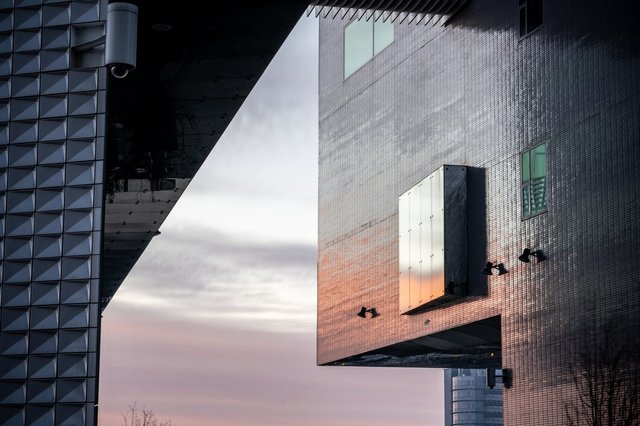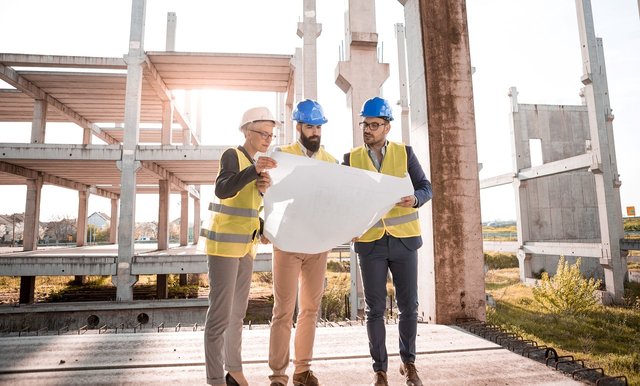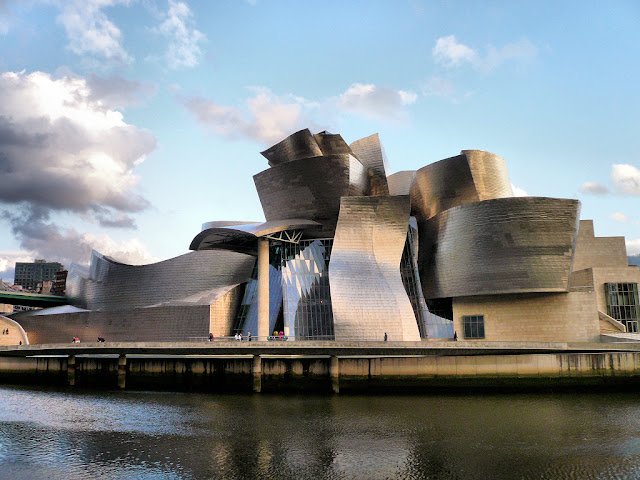Modern Constructions: Innovation and style
Modern buildings have transformed the urban landscape, introducing new styles, technologies and materials that have revolutionized architecture and the way we live and work. With a focus on functionality, aesthetics and sustainability, modern architecture is distinguished by its simplicity, clean lines and the use of innovative materials.

Characteristics of Modern Constructions
Modern buildings are characterized by their focus on functionality and efficiency. Some of the key features include:
- Minimalist design: Simple lines and the absence of excessive ornaments are fundamental elements of modern architecture. Large, open spaces predominate, with a distribution that prioritizes natural light and the fluidity of the environments.
- Use of innovative materials: In modern constructions, materials such as steel, glass, exposed concrete and treated wood are used, allowing for lighter, stronger and more transparent structures. Glass, in particular, is used to maximize views and natural light.
- Advanced technology: The integration of technology is crucial in modern constructions. From home automation systems to energy efficiency techniques, today's buildings incorporate cutting-edge technology to improve comfort, safety and sustainability.
- Sustainability: One of the most important pillars of modern construction is sustainability. Many modern buildings are designed to reduce their environmental impact through the use of recycled materials, the use of solar energy and efficiency in water and electricity consumption.

Trends in Modern Construction
Current trends in modern construction include:
- Smart Homes: Modern homes are incorporating technologies such as voice assistants, automated security systems, and smart appliances that allow homeowners to control their home more efficiently and comfortably.
- Bioclimatic design: This type of design seeks to take advantage of natural climatic conditions to reduce the need for external energy. This may include orienting the building to maximize sunlight entry or using insulating materials to regulate temperature.
- Open and multifunctional spaces: Instead of separate rooms, modern buildings often feature open spaces that can be adapted according to the needs of the occupants. Movable partitions, modular furniture and flexibility in the use of spaces are highlights.
- Integration with the natural environment: Modern architecture is moving towards a design that respects and blends with the natural environment. The large windows, terraces and vertical gardens allow the exterior to integrate with the interior, providing a feeling of continuity between the home and the landscape.

